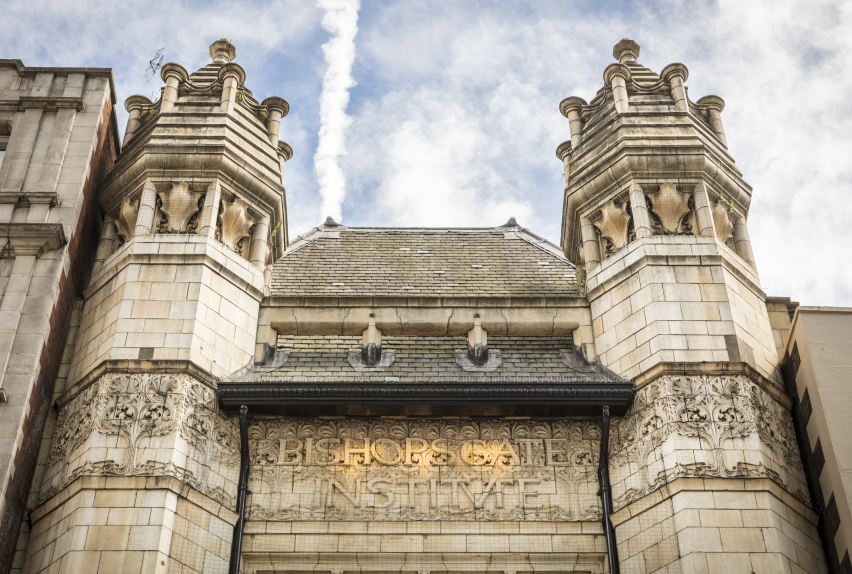My Apprenticeship to Crime
Arthur Harding was born in 1886 in the notoriously poor area of London called 'The Nichol', the most famous criminal slum in Mid-Victorian Britain, and the setting for Arthur Morrison’s famous work A Child of the Jago.
In later life, Harding was to become one of the most familiar figures in the East End underworld, giving evidence before the Royal Commission on the Metropolitan Police in 1908 where he was described as the ‘king’ or ‘captain’ of the Brick Lane van-draggers – ‘ a most slippery and dangerous criminal..the leader of a numerous band of thieves’. He graduated from pick-pocketing in his early days to armed hold-ups and ‘protection’. He was a know local ‘terror’, ‘looking after’ the market stall holders and street bookies, and taking part in the race-course wars and struggles for territorial supremacy. In 1911 he served a five year prison sentence for his part in the 'Vendetta Affair' and was sentenced to a further five years in 1915.
More information about Harding's life and activities, along with oral history excerpts, can be found at our Life of Arthur Harding exhibition.
Arthur Harding's typescript autobiographyIn the late 1960s, Harding committed pen to paper and wrote his autobiography My Apprenticeship to Crime which detailed his poor upbringing, criminal activities and later life, alongside the characters, social conditions and famous events he witnessed.
In 1970, he sent copies of his life story to the Cambridge Institute of Criminology and his local MP Stan Newens, who upon reading the typescript on evening found 'it was four o'clock the next morning before I could tear myself away and retire to my bed. I was totally hooked'. Newens passed the autobiography to historian Raphael Samuel in 1972, who, fascinated by Harding's life, was to establish a relationship with the ex-criminal, interviewing him about his life many times over the next few years. This was to result in the biography East End Underworld: chapters in the life of Arthur Harding, Samuel's re-telling of Harding's life story, published in 1981.
Arthur Harding's original wallpaper-bound autobiography was deposited at the Bishopsgate Institute with the archive of Raphael Samuel in 1998. This volume has now been digitised and Harding's fascinating life story can now be read in his own words.
Chapters 1-10
The early chapters of Harding's autobiography deal with his childhood, family life and upbringing in 'The Nichol' and Bethnal Green. It also describes his time as a Barnardo's boy, his early criminal activities, leading to his conviction for stealing rags in 1902, and conditions in Holloway and Wormwood Scrubs prisons. These chapters also deal with Harding's submissions to the Royal Commission on the Metropolitan Police in 1908.
Chapters 11-21
These chapters of the autobiography paint a vivid picture of life in the East End, describing Russian anarchists and the Sidney Street Siege, along with depictions of characters Harding met in his criminal career of during his time in prison.
Harding also details his recollections of the infamous 'Vendetta Affair' for which he was sent to Portland Convict Prison, and his eventual decision to turn his back on crime.
Chapters 22-31
The final chapters deal with life after Harding's retirement from 'crime', his career as a wardrobe dealer and his continuing engagement with criminals and policemen from his past. The autobiography ends with Harding's views on criminality and his own analysis of factors that led to his life of crime.
